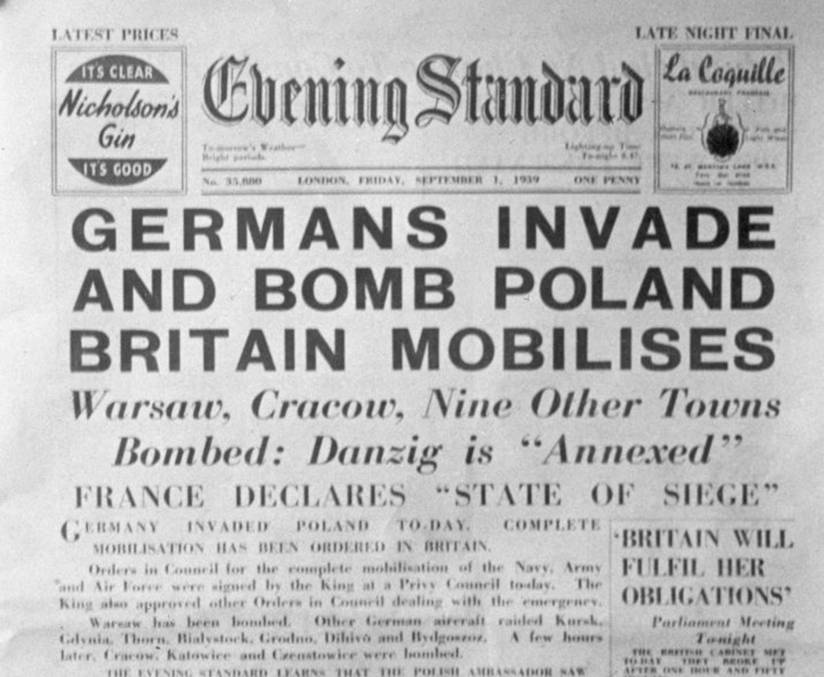
The constant denials of funding requests during the Interwar Years left the @USArmy at levels far below those authorized by the National Defense Act of 1920.
The Army was prevented from research and development efforts that could create new weapons and equipment. It was also prevented from acquiring materiel that would be urgently needed in the event of war and mobilization.
As a consequence, in late 1939, when war was erupting in Europe, the US Army faced an accumulated deficit that General George C. Marshall estimated at $700-million, and much of this would require a minimum of 18 months to turn money into the necessary materiel.
By 1941, the House Committee on Appropriations suggested that Marshall had failed to see emergency on the horizon and thus failed to conduct reconnaissance surveys in advance, which were now being hastily conducted and costing significant amounts of money.
Marshall disagreed and said the problem was actually the “political processes of the government” that controls War Department procedures.
The committee asked Marshall why they had not previously received requests for funds for these reconnaissance surveys.
Marshall replied:
“I would say very much for the same reason that we did not come to your committee with formal recommendations for adequate ammunition.” 👀
“I would say very much for the same reason that we did not come to your committee with formal recommendations for adequate ammunition.” 👀
“I wanted about $150-mill. worth of ammunition… for the spring of 1939…. But I did not present the request to this committee. I also wanted about $300-mill. for ordnance at that particular time... $110-million was provided, including $37-million for ammunition.”
The year prior, Marshall had said the problem was less a matter of the question “what should be done?” and more a matter of timing, when considering what one might be permitted to do.
The motivation for rearming the US Army was ultimately going to have to come from the White House.
If you're just tuning in or you've missed any of the previous threads, you can find them all saved on this account under ⚡️Moments or with this direct link twitter.com/i/events/13642…
• • •
Missing some Tweet in this thread? You can try to
force a refresh
















